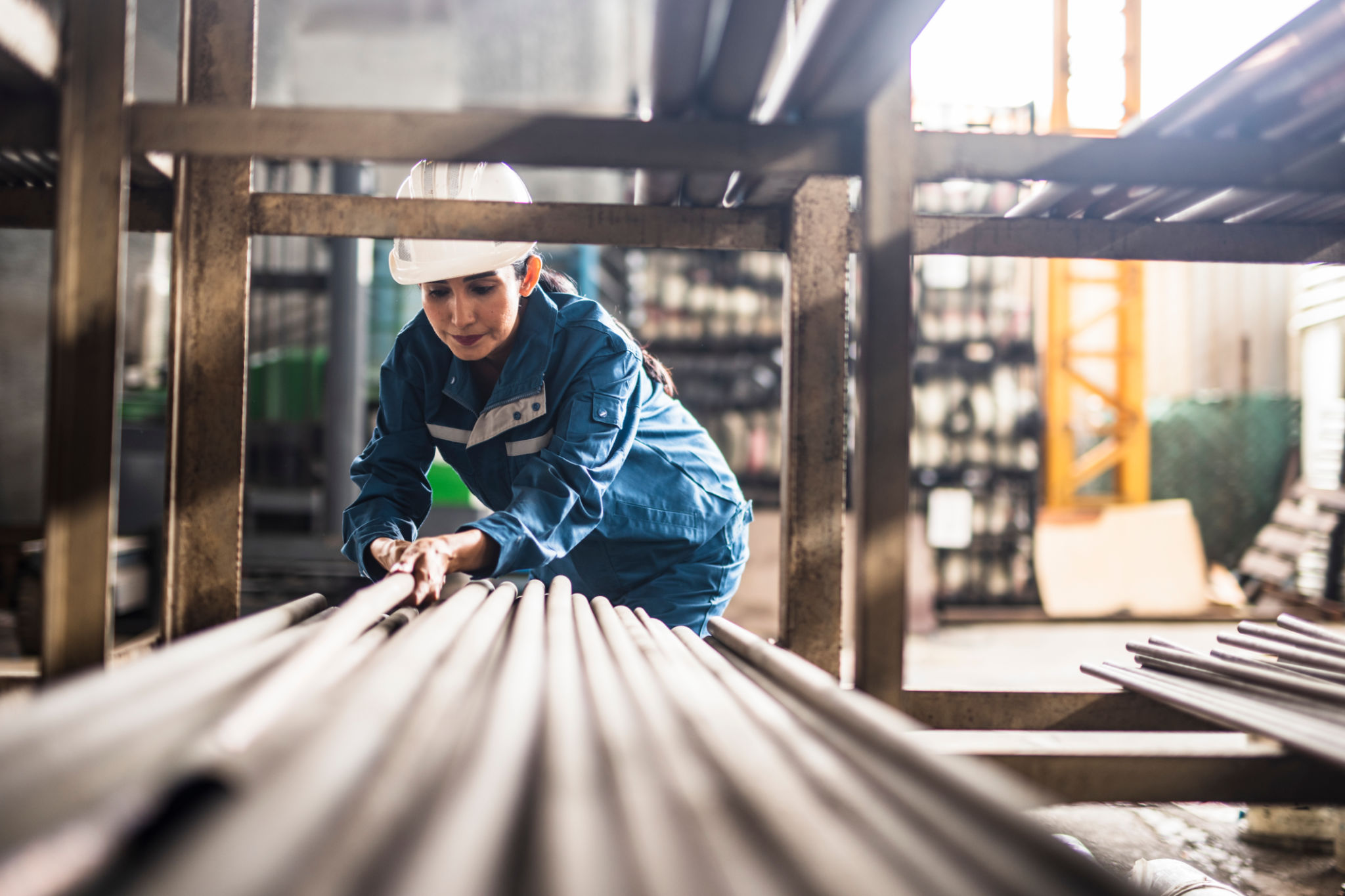Expert Tips: Selecting the Best Materials for Traditional Barn Repairs
Understanding the Importance of Material Selection
When it comes to traditional barn repairs, selecting the right materials is crucial for maintaining the structure's integrity and historical value. Barns, often constructed with locally sourced materials, have unique characteristics that demand careful consideration. Using inappropriate materials can not only compromise the barn's structural stability but also detract from its historical authenticity.
Choosing materials that match or closely resemble the original construction helps preserve the authenticity of the barn. This attention to detail ensures that repairs blend seamlessly with existing structures, enhancing both functionality and aesthetic appeal.

Wood Types and Their Significance
Wood is a primary material in traditional barn construction and repair. Different types of wood offer varying benefits. Oak, known for its strength and durability, was frequently used in original barn construction and remains a top choice for repairs. Pine, on the other hand, is more affordable and readily available, making it suitable for less critical structural elements.
Reclaimed wood is another excellent option for barn repairs. It not only aligns with sustainability efforts but often matches the aged appearance of existing wood, maintaining the barn's historic character.
Factors to Consider When Choosing Wood
When selecting wood for repairs, consider factors such as moisture resistance, grain pattern, and color. These elements can significantly impact the overall appearance and longevity of the barn. Additionally, consulting with a professional experienced in historic barns can provide valuable insights into the best wood choices for specific repairs.

Stone and Masonry Considerations
Many traditional barns incorporate stone foundations or walls. Selecting the right stone materials for repairs is essential to maintaining the structural integrity and appearance of these features. Local stone, often used in original construction, is usually the best match for repairs.
For masonry repairs, using a mortar mix that closely resembles the original is vital. This ensures compatibility with existing materials and helps prevent future issues like cracking or water infiltration.
Modern Alternatives and Their Benefits
While it's important to use traditional materials, modern alternatives can sometimes offer enhanced durability or cost-effectiveness. For instance, treated wood might be used in areas prone to moisture exposure, providing longer-lasting protection without compromising the barn's appearance.

The Role of Metal Components in Barns
Metal components like nails, brackets, and hinges are integral to barn construction. Historically, these were often hand-forged, giving them a unique character. When repairing barns, using hand-forged or similarly styled metal components can help maintain this aspect of historical authenticity.
It's also essential to ensure that any metal used is compatible with other materials to prevent issues like rusting or corrosion, which can weaken structural elements over time.
Maintaining Historical Integrity
Preserving a barn's historical integrity often means balancing traditional methods with modern techniques. This might involve using advanced treatments to protect against pests or weather damage while ensuring that repairs remain true to the barn's original design.
